#Tupaiidae
Text

Large Treeshrew (Tupaia tana), family Tupaiidae, Borneo
photograph by Chien Lee Wildlife Photography
261 notes
·
View notes
Text

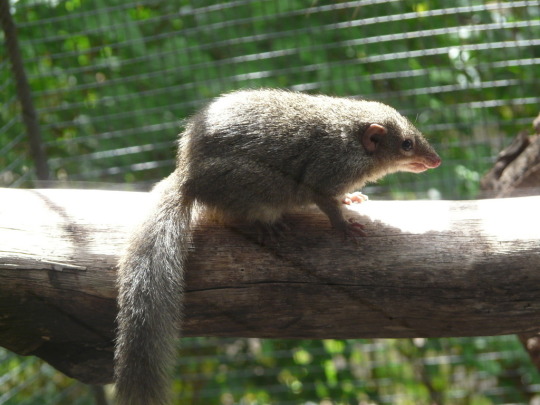
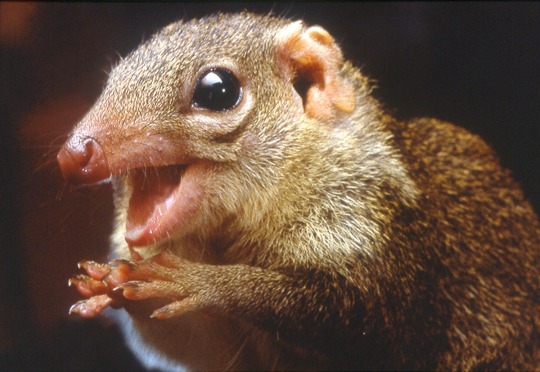

Common treeshrew
Tupaia glis
Family Tupaiidae, order Scandentia, grandorder Euarchonta, superorder Euarchontoglires
Another tree shrew! This time, one of the more well known ones. It’s one of the larger tree shrews, at an average of 16-21 cm body length and 12-20 cm tail length. The average weight is 190 grams.
They are diurnal and have territories which they frequently mark with scent glands in the chest and scrotum. Territories of males and females will often overlap, while male and male or female and female territories overlap far less often. Territories of two adults with high overlap are thought to be indicative of a stable pair. Juveniles’ territories are thought to overlap with family members until they are grown.
The history of this animal’s classification is very interesting. They were first thought to be in Sorex, with shrews. Their current classification is still not entirely certain.
Because of their close relationship to primates and developed senses of vision and hearing, these guys are used by researchers as animal models for human disease.
@jackalspine @fifiibibii
8 notes
·
View notes
Text
ក្រុមកន្ថឹក
ក្រុមកន្ថឹក TREESHREWS
សេចក្តីផ្តើម
កន្ថឹក ជាសត្វដែលស្ថិតនៅក្នុងអំបូរ Tupaiidae ហើយវាគឺជាសត្វដែលស៊ីសត្វល្អិតជាអាហារ ដែលវត្តមានរបស់វាមាននៅតាមតំបន់ឥណ្ឌូម៉ាលាយ៉ាន ។ វាមានរូបរាងស្រដៀងគ្នាទៅនឹងសត្វកំប្រុកដែរ ពីព្រោះវាមានទំហំប្រហាក់ប្រហែលគ្នា មានភ្នែកធំ កន្ថយសំពោងវែង និងមានមាត់ប្រែងស្រួចវែង ។ ទោះបីជាវាស្ថិតនៅក្នុងអំបូរ Tupaidae នេះក៏ដោយ…
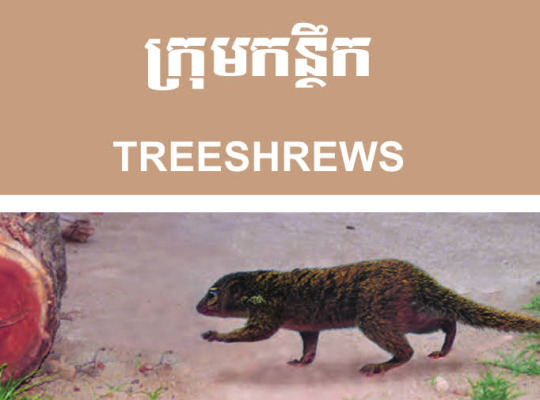
View On WordPress
0 notes
Photo

Northern tree shrew (Tupaia belangeri)
Photo by Bruno Conjeaud
#northern treeshrew#tupaia belangeri#tupaia#tupaiidae#scandentia#euarchontoglires#boreoeutheria#eutheria#mammalia#tetrapoda#vertebrata#chordata
19 notes
·
View notes
Photo
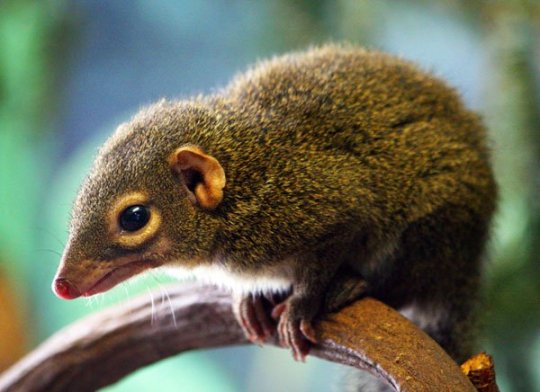


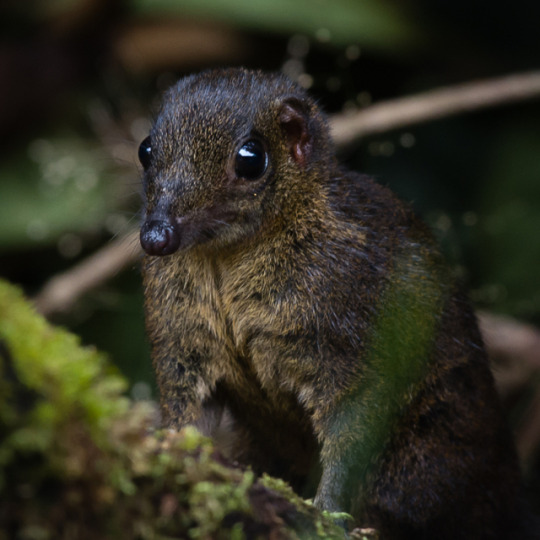

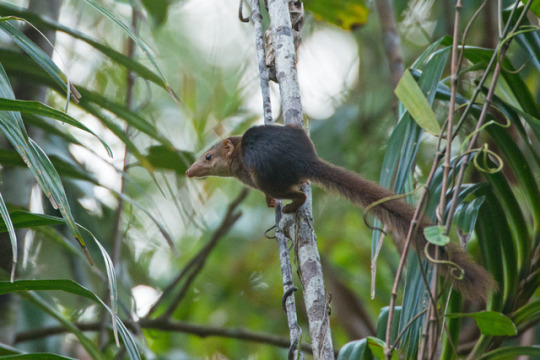
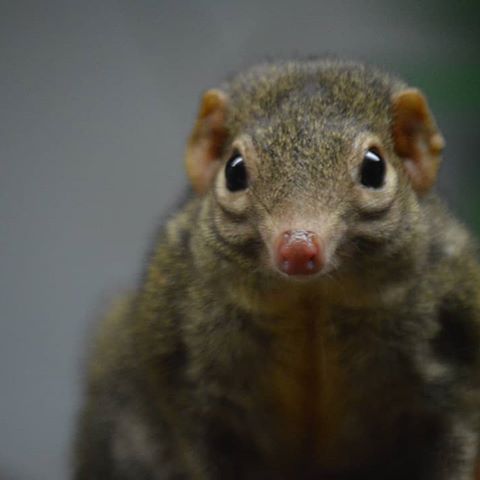
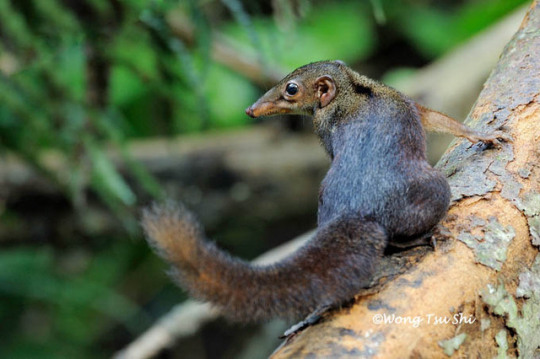


The treeshrews (or banxrings) are small euarchontoglire mammals native to the tropical forests of Southeast Asia. They make up the families Tupaiidae, the treeshrews, and Ptilocercidae, the pen-tailed treeshrew, and the entire order Scandentia. The 20 species are placed in five genera. Though called 'treeshrews', and despite having previously been classified in Insectivora, they are not true shrews, and not all species live in trees. Among orders of mammals, treeshrews are closely related to primates.
Treeshrews are slender animals with long tails and soft, greyish to reddish-brown fur. The terrestrial species tend to be larger than the arboreal forms, and to have larger claws, which they use for digging up insect prey. They are omnivorous, feeding on insects, small vertebrates, fruit, and seeds. They have poorly developed canine teeth and unspecialised molars. Treeshrews have good vision, which is binocular in the case of the more arboreal species. Most are diurnal, although the pen-tailed treeshrew is nocturnal.
These animals live in small family groups, which defend their territory from intruders. They mark their territories using various scent glands or urine, depending on the particular species. Female treeshrews have a gestation period of 45 to 50 days and give birth to up to three young in nests lined with dry leaves inside tree hollows. The young are born blind and hairless, but are able to leave the nest after about a month. During this period, the mother provides relatively little maternal care, visiting her young only for a few minutes every other day to suckle them. Treeshrews reach sexual maturity after around four months, and breed for much of the year, with no clear breeding season in most species.
Treeshrews have also been observed intentionally eating foods high in capsaicin, a behavior unique among mammals other than humans. A single TRPV1 mutation reduces their pain response to capsaicinoids, which scientists believe is an evolutionary adaptation to be able to consume spicy foods in their natural habitats. The pen-tailed treeshrew in Malaysia is able to consume large amounts of naturally fermented nectar (with up to 3.8% alcohol content) the entire year without it having any effects on behaviour.
330 notes
·
View notes
Video
Northern Treeshrew (Tupaia belangeri) von Daniel Bauer
Über Flickr:
The Northern Treeshrew (Tupaia belangeri) is widespread and common in rainforest regions of continental Southeast Asia (Mammalia: Scandentia: Tupaiidae).
Frankfurt Zoological Garden
4 notes
·
View notes
Photo

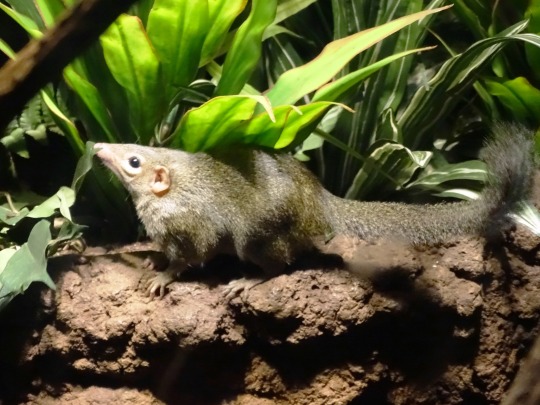

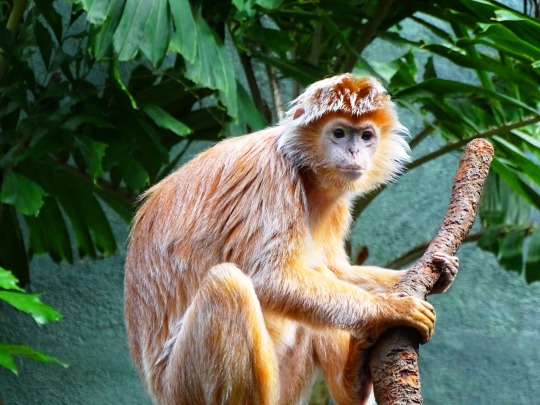
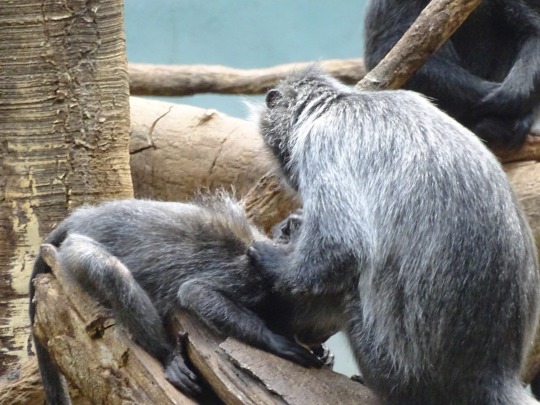

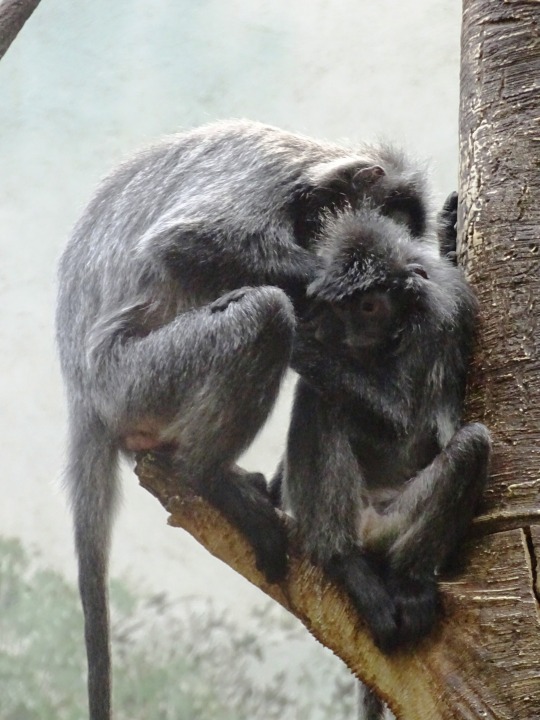
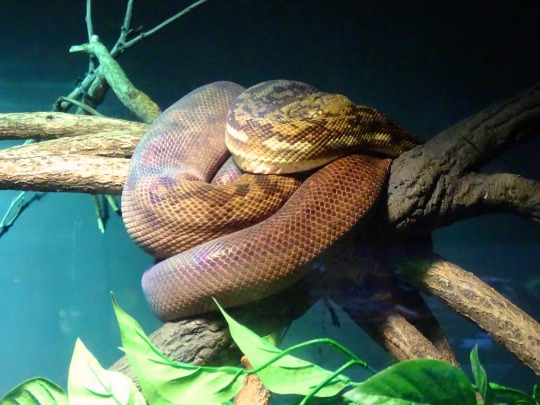
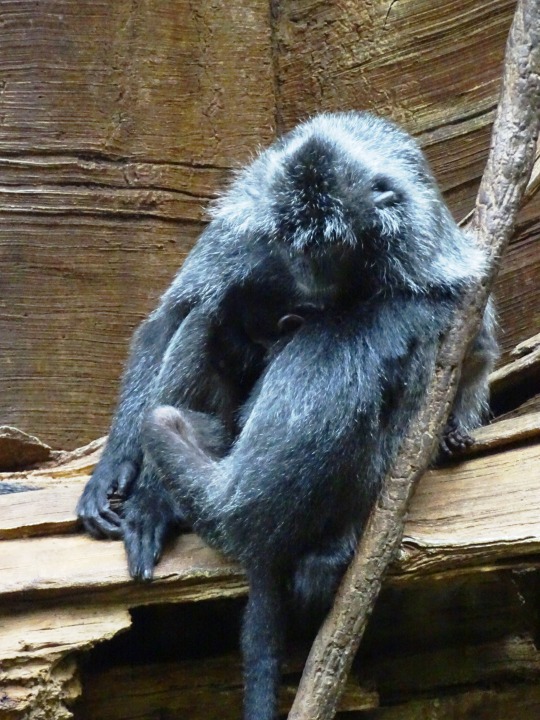
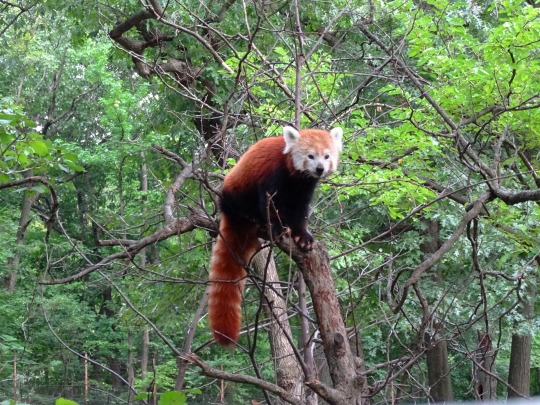
Bronx Zoo, New York City (No. 46)
Anacondas or water boas are a group of large snakes of the genus Eunectes. They are found in tropical South America. Four species are currently recognized.
Although the name applies to a group of snakes, it is often used to refer only to one species, in particular, the common or green anaconda (Eunectes murinus), which is the largest snake in the world by weight, and the second longest.
Source: Wikipedia
The common treeshrew (Tupaia glis) is a small mammal in the treeshrew family Tupaiidae, and is native to Thailand, Malaysia, and Indonesia. It has been listed as Least Concern by IUCN as it remains common and displays some adaptability to ongoing habitat loss.
The common treeshrew is one of the largest among treeshrews. Average body length is between 16 and 21 cm (6.3 and 8.3 in), and average weight is around 190 g, with varying colours of reddish-brown, greyish or black upper parts and whitish belly. Its long, bushy tail is dark greyish-brown and almost reaches the length of the body. The paws are bare with sharp nails, and with a naked patch of skin above its long nose. Both sexes are similar. The animal has a head and body length of 13–21 cm and a tail length of 12–20 cm. The common treeshrew usually has a white, pale stripe on each shoulder.
The two subspecies are T. g. longipes and T. g. salatana, with T. g. longipes being duller in color than T. g. salatana. The underparts of T. g. longipes are dull buff to reddish-buff, and the underside of the tail is greyish. The underparts and underside of the tail are dark reddish in T. g. salatana. Similar species are Tupaia splendidula and Tupaia montana.
Source: Wikipedia
#Bronx Zoo#JungleWorld#my favorite zoo#Wildlife Conservation Society#WCS#Silvery lutung#Old World monkey#flora#fauna#animal#indoors#silvered leaf monkey#silvery langur#water boa#anaconda#snake#reptile#Common treeshrew#Javan lutung#Red Panda#outdoors#original photography#travel#vacation#New York City#Northeastern USA#tourist attraction#summer 2018
2 notes
·
View notes
Text
Treeshrews
Treeshrews
A group of mammals belonging to the order Scandentia, and included in a single family, the Tupaiidae. They are endemic to the Indomalayan region, with a geographic range that extends from India to the Philippines. They reach their greatest diversity on the Southeast Asian island of Borneo, where
See more on http://anthropology.iresearchnet.com/treeshrews/
0 notes